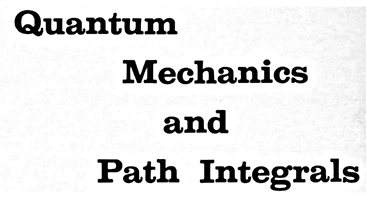
Problem 6-11
Suppose the diatomic molecules are oriented in a random fashion. Show that the electron scattering averaged over a group of such molecules is proportional to
How can this result be generalized to the case of polyatomic molecules?
(解答例) ランダムに配向した一群の分子による電子散乱の平均をとるには, 運動量移行
このとき 第 3 項の積分は, 変数変換
よって式 (1) は次となる:
この結果を一般化して
また問題 6-10 の 2 原子分子の場合の結果は次であった:
この式の形から類推して, それを
従って, この式 (6) と式 (5) との比較から, 式 (3) を一般化したものは次となることは明らかであろう:
ただし
